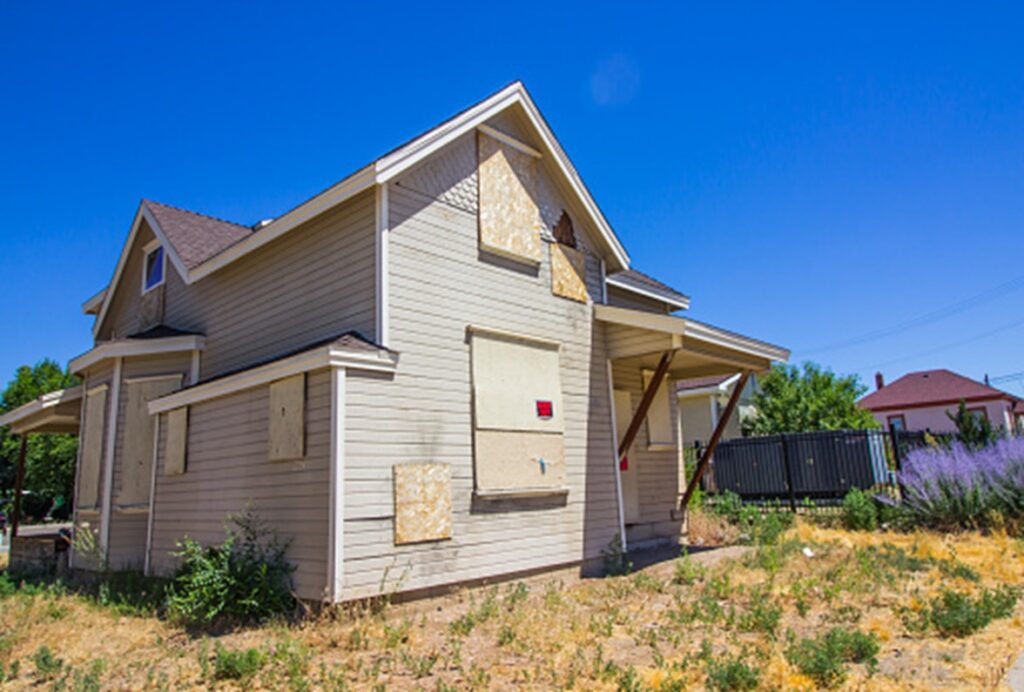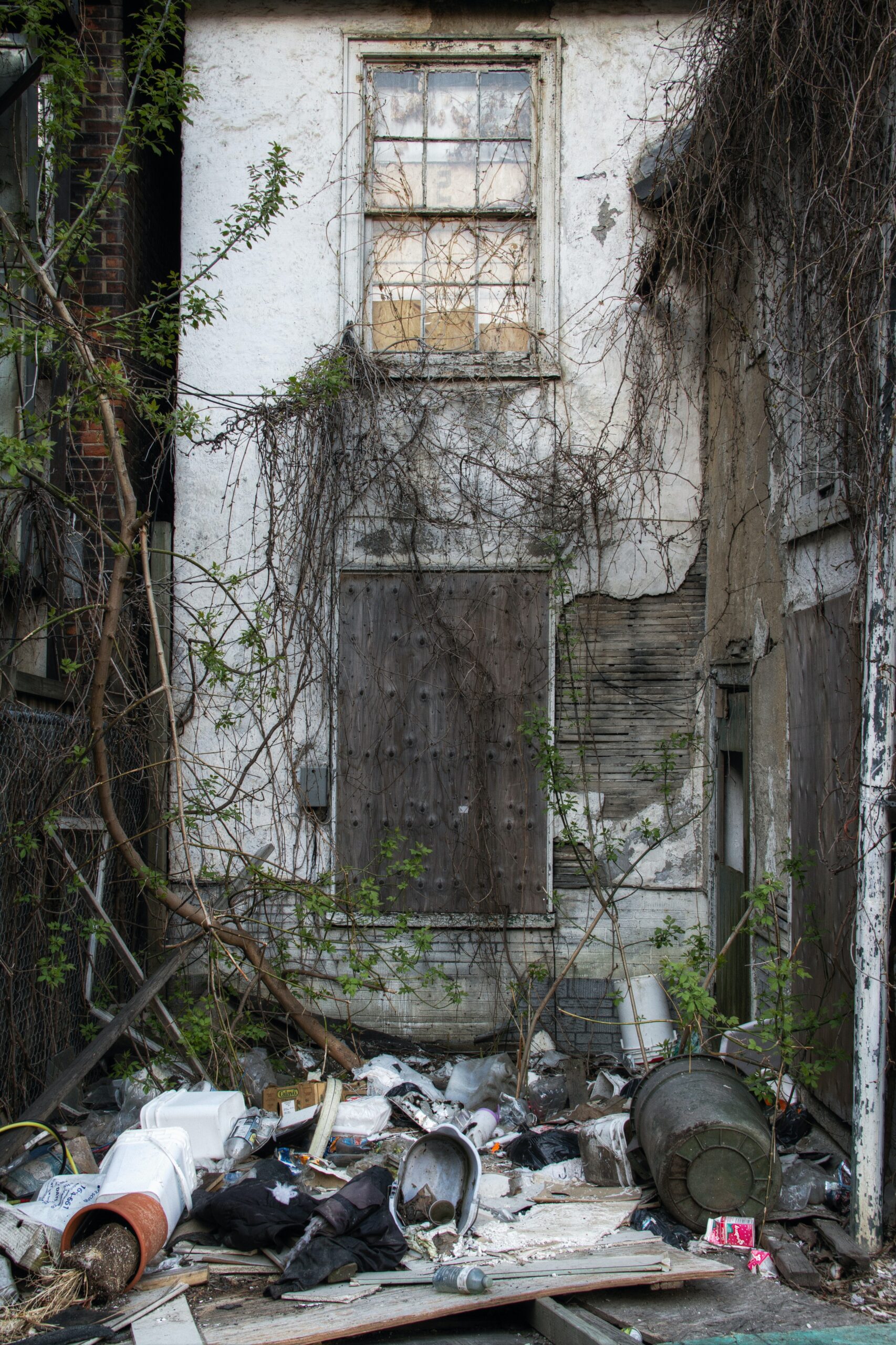By Tess Strayer, WPIT, Barry Isett & Associates, Inc.
Communities thrive under proper conditions: an engaged population, thriving small businesses, and a feeling of safety. We have seen immense changes throughout our communities in Pennsylvania but there is one element that every community will battle: blighted and abandoned properties.

Hundreds of thousands of blighted and abandoned properties plague our communities. These blighted properties can range from small rowhome lots to multi-acre sites of dilapidated buildings. Not only are these properties aesthetically unappealing, but they can also pose a safety risk to their surroundings by creating conditions for illegal activity and decreasing property values. Additionally, these properties create taxpayer obligations for cleanup and legal costs straining public resources. Blighted properties can add unforeseen costs to a community’s budget lessening the ability to devote funding to other programs such as parks, education, and community events.

For the insurance industry, blighted properties can create insurance nightmares and lengthy claim processes. For instance, if a tree or a piece of an abandoned building falls onto a neighboring property, who is liable for the damages? If mold from an adjoining blighted property contaminates your home, who is liable for the mold remediation? These can be complex issues when navigating the claims process. By investing in the elimination of blighted properties, a community is investing in its future and its assets. Studies show that eliminating blighted properties entices local investment, increases property value, decreases crime rate, and improves physical and mental health of the community’s residents.
Case Study: A Community Rallies
Stretching an entire city block with a footprint of 50,000 square feet (ft), a former dilapidated textile mill plagued a northeastern Pennsylvania city for years. The property was initially developed in the early 1900s as a textile mill before converting to clothing manufacturing in the 1950s. Shortly after, the property was purchased and converted into an indoor recreational facility. After the recreational facility was damaged due to a fire, the property fell into disrepair and was left vacant.
In the years that passed since the property fell into ruin, the city purchased the property and was determined to seek beneficial reuse but had to first overcome several obstacles.
The Environmental Consulting team from Barry Isett & Associates, Inc. completed a due diligence report for the property in 2019, identifying several potential environmental issues due to its former industrial use. In 2021, these environmental concerns were investigated revealing elevated levels of heavy metals in the soil on-site. Additionally, the building was inspected for Asbestos Containing Materials (ACMs) prior to demolition to ensure the health and safety of the demolition crew and surrounding population. Isett’s Forensic Building Investigation team assessed the structural integrity of the building to ensure safe sampling.
Through a combined effort of the City’s economic redevelopment consultant and Isett, the City was able to procure an approximately $1 million dollar state grant to fund the assessments and demolition. Through these partnerships and funding efforts, the city was able to successfully demolish the building in Fall 2022/Winter 2022.
The city hopes to entice investors to develop the site for purposes consistent with its long-term redevelopment and economic goals.
Eradicating blighted properties takes an engaged community along with a collaborative and innovative project team to tackle these challenges. Creating foundational partnerships with key groups can greatly relieve the stress of blighted property and establish an effective reuse process.
